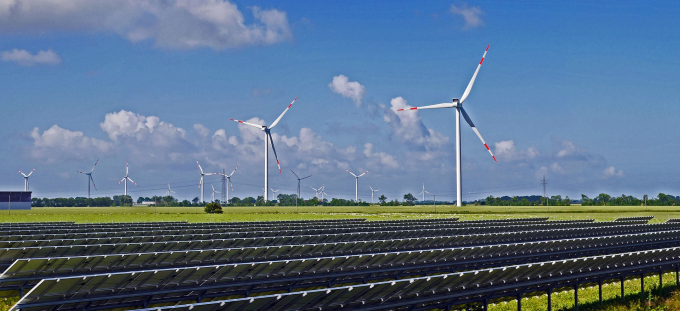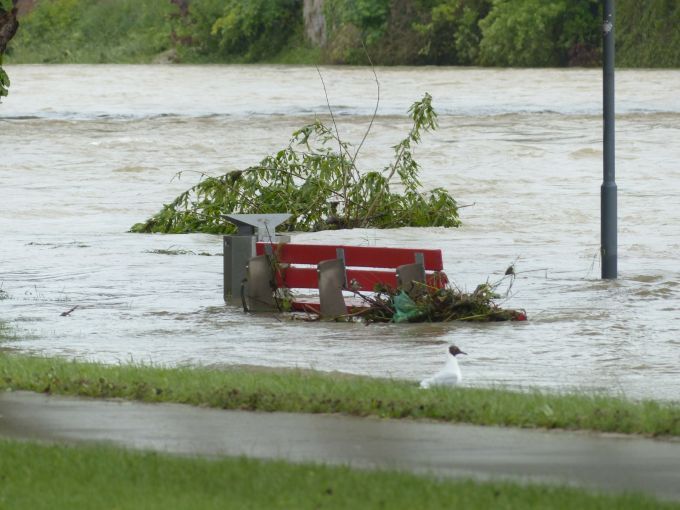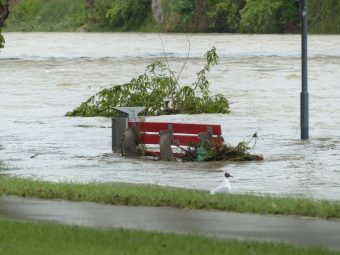
IFC, a member of the World Bank Group, signed an agreement on Tuesday with the government of Senegal to develop up to 200 megawatts of solar power under Scaling Solar, a World Bank Group initiative helping African countries procure renewable energy quickly and affordably. The planned utility-scale solar photovoltaic project underscores the government’s commitment to integrate renewable energy resources in the West African country’s energy mix.
The World Bank Group’s Scaling Solar program has gained momentum across sub-Saharan Africa with this new agreement with Senegal to develop large-scale solar power through private investment quickly and affordably with competitive and transparent tendering. It follows an agreement with Zambia in 2015 that has already generated significant market interest. “This innovative partnership with Senegal is important for creating a new market for solar power investment in the region,” said Vera Songwe, IFC Director for West and Central Africa. “Scaling Solar is an excellent example of how World Bank Group expertise can help governments in the region meet their most pressing needs.”
Scaling Solar offers a “one-stop shop” package of advice, project documents, risk management products, finance and insurance that gives even small countries the purchasing power of larger markets and helps attract leading private sector developers to new geographies. IFC will help the Government of Senegal conduct due diligence and tender the solar project, and IFC, the World Bank and the Multilateral Investment Guarantee Agency are expected to support its bidding phase. “Access to electricity is fundamental for Senegal’s economic development,” said Louise Cord, World Bank Director for Senegal. “Scaling Solar will help the Government of Senegal to draw on an abundant renewable energy source to deliver energy quickly and efficiently, helping to meet the objectives of the Plan Senegal Emergent.”
An agreement with Zambia, signed in August 2015, has already led to major advances toward the first large-scale solar facility in the southern African country. Zambia’s Industrial Development Corporation (IDC) has announced that 48 companies sought to prequalify for their two initial 50 megawatt solar projects under Scaling Solar. According to World Bank data, just over half the population of Senegal currently has access to electricity. With energy accounting for an estimated 2.5 percent of Senegal’s gross national product annually, the World Bank Group has doubled its efforts in the sector.
www.ifc.org







 Investment in the wind farm at Možura hill is a first step of possible cooperation between Montenegro and Malta in energy sector, prime minister Milo Đukanović said, adding he is sure that the project will be implemented within deadlines. At the meeting with the delegation from the island country, the prime minister of Montenegro said he had been presented many ideas that can be useful in terms of implementing positive experiences in economic and pro-European development, Mina-Business news agency reported. Đukanović said that he discussed primarily about economic cooperation with his Maltese counterpart Joseph Muscat.
Investment in the wind farm at Možura hill is a first step of possible cooperation between Montenegro and Malta in energy sector, prime minister Milo Đukanović said, adding he is sure that the project will be implemented within deadlines. At the meeting with the delegation from the island country, the prime minister of Montenegro said he had been presented many ideas that can be useful in terms of implementing positive experiences in economic and pro-European development, Mina-Business news agency reported. Đukanović said that he discussed primarily about economic cooperation with his Maltese counterpart Joseph Muscat.

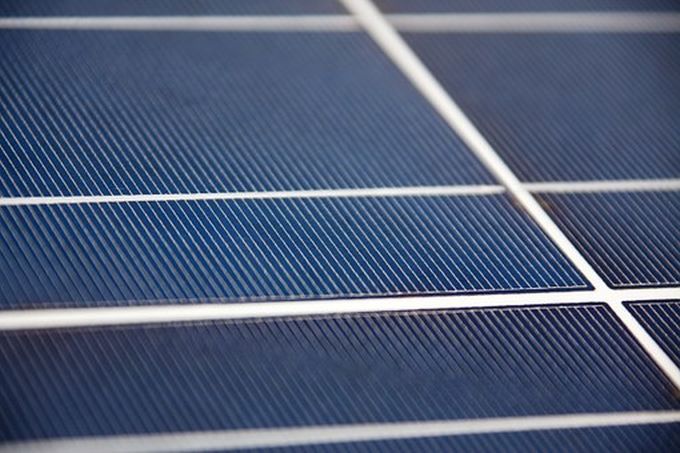
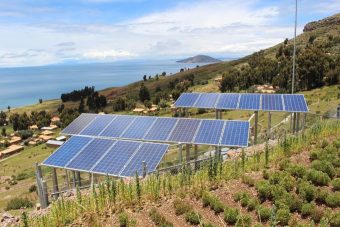




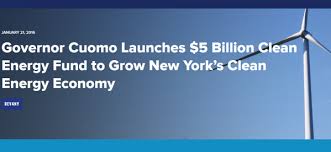 New York State Public Service Commission Chair Audrey Zibelman said, “Under the Clean Energy Fund, every dollar of clean energy spending will achieve greater savings and enhance private investment, spurring innovation and new technologies that will bring more choices and value to New York consumers. We will build on the success of previous energy-development programs in a way that meets evolving customer and market needs and transition away from approaches that rely almost exclusively on ratepayer subsidies, which is unsustainable if we are to meet our ambitious goals in the long-run.”
New York State Public Service Commission Chair Audrey Zibelman said, “Under the Clean Energy Fund, every dollar of clean energy spending will achieve greater savings and enhance private investment, spurring innovation and new technologies that will bring more choices and value to New York consumers. We will build on the success of previous energy-development programs in a way that meets evolving customer and market needs and transition away from approaches that rely almost exclusively on ratepayer subsidies, which is unsustainable if we are to meet our ambitious goals in the long-run.”
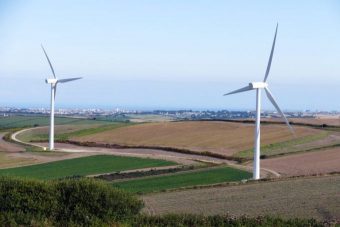
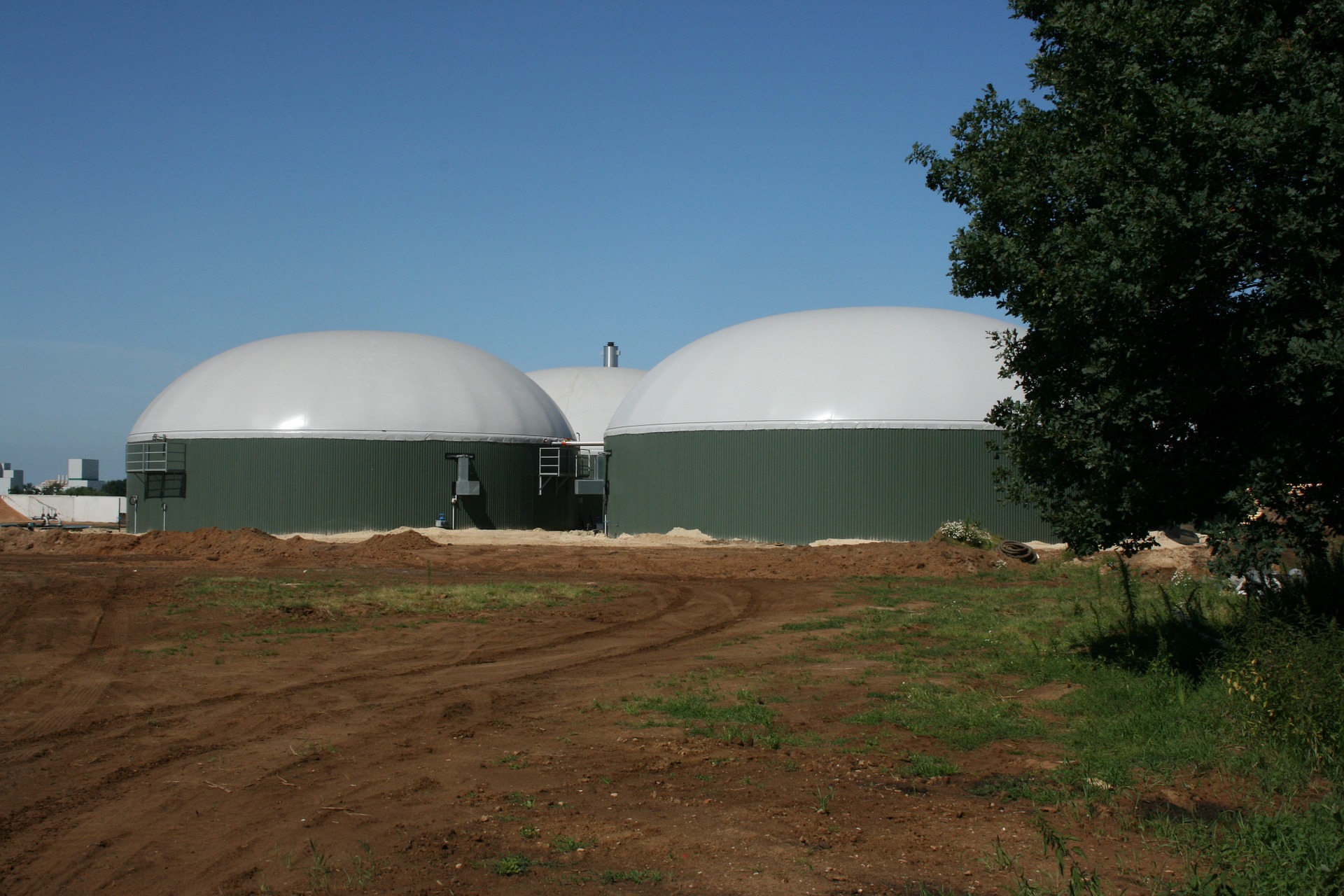




 Every year, the World Economic Forum (WEF) brings together the world’s business, economic and political leaders in Davos to discuss the challenges and future of the world economy. The theme for this year is Mastering the Fourth Industrial Revolution.
Every year, the World Economic Forum (WEF) brings together the world’s business, economic and political leaders in Davos to discuss the challenges and future of the world economy. The theme for this year is Mastering the Fourth Industrial Revolution.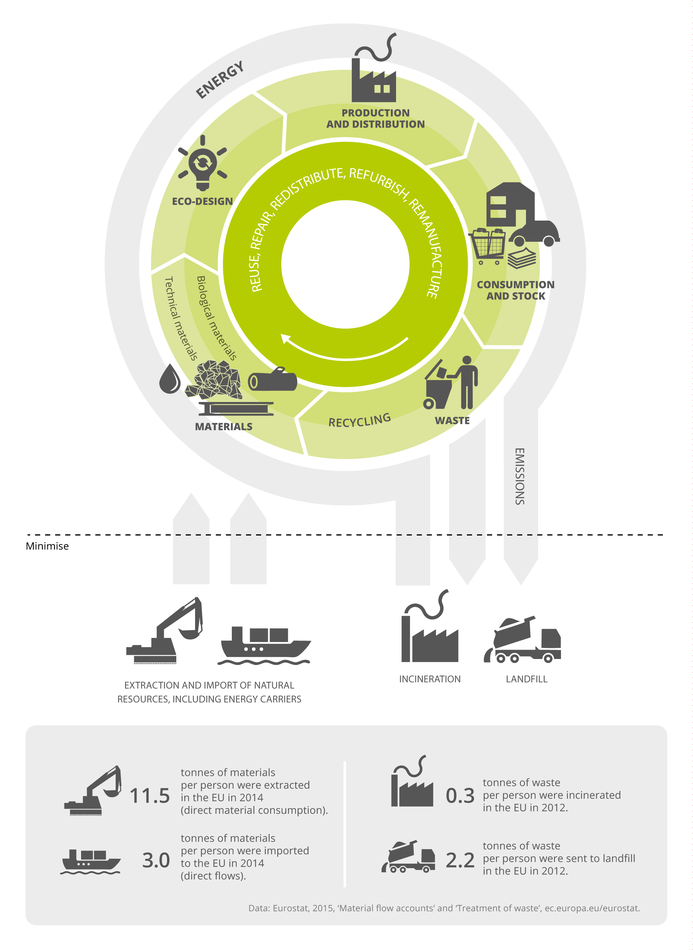
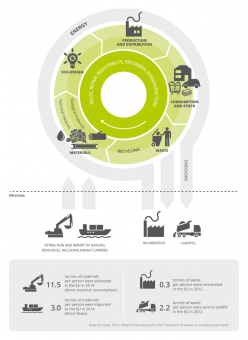 The EEA report Circular economy in Europe – Developing the knowledge base describes the concept of the circular economy and outlines its key characteristics. Creating a circular economy requires fundamental changes throughout the value chain, from product design and production processes to new business models and consumption patterns. Recycling will turn waste into a resource and extending product lifetimes will help preserve natural resources. The European Commission’s 2015 circular economy package plays an important role in bringing this about.
The EEA report Circular economy in Europe – Developing the knowledge base describes the concept of the circular economy and outlines its key characteristics. Creating a circular economy requires fundamental changes throughout the value chain, from product design and production processes to new business models and consumption patterns. Recycling will turn waste into a resource and extending product lifetimes will help preserve natural resources. The European Commission’s 2015 circular economy package plays an important role in bringing this about.